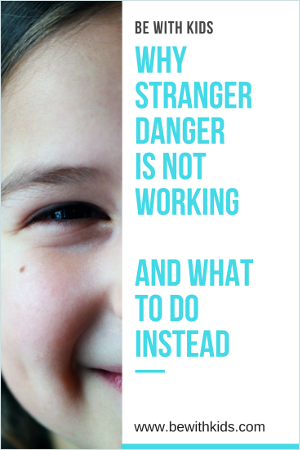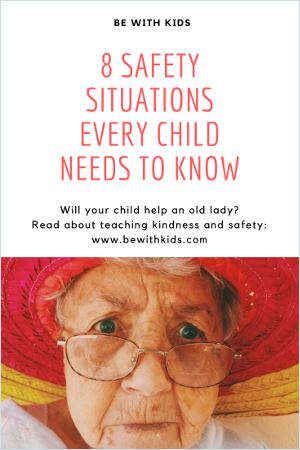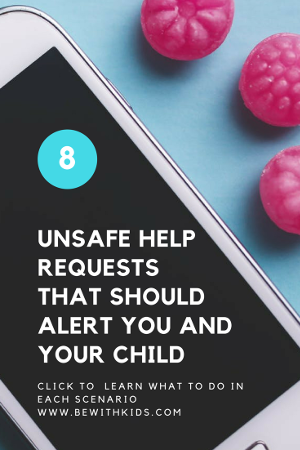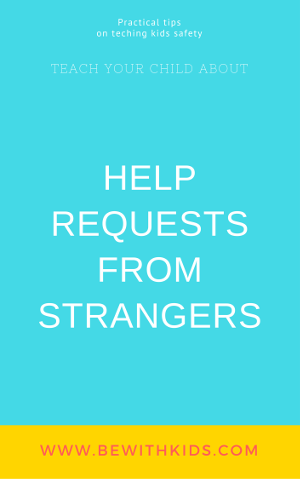How to help your child tell safe strangers from tricky people
We were celebrating the 4th of July at a park festival.
Usually, before going, we reinforce the safety rules:
- "What do you do if you get lost? Whom do you ask for help? Where do we meet if we are separated in a crowd? What's my phone number?"
Sometime between Merry-go-round and corn on the cob, my son grabbed my hand and, yelling over the music, pointed to the food area:
- "Mom, look, a police officer is grilling a steak!"
- “Well, cool”, I thought - until something was odd...
By the way:
A child needs to know much more than these things to be safe during a public event.
Check out this specialty course, "Safety in a public place"

Kids should not be afraid of people
Scaring kids (even unintentionally) is always bad for their safety.
Fear may look like a shortcut, especially when we don't have time or courage to discuss the topic.
But it usually bites you later.
A child intimidated by the concept of a ‘stranger danger’ may not be able to ask a stranger for help - and thus get into bigger trouble.
For example:
Instead of asking for help from an associate, a child runs to look for your car.
Fear is easy to instill, not so easy to get rid of.
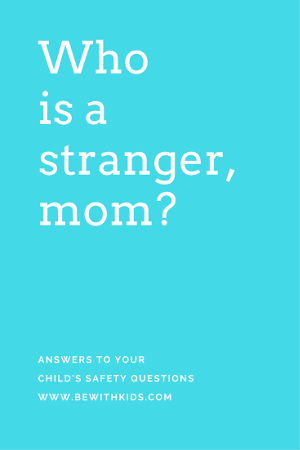
Here is the SOLUTION:
How can we clearly explain a definition of a stranger to a child?
Kids need to understand two fundamental concepts:
- Levels of trust - define how close the person is (close, kinda-known, stranger)
- Levels of goodness - determine how good that person is (helpful, neutral, harmful)
Kids should not mix them.
What are the levels of trust?
There are three levels of trust:
- Trusted circle
- Acquaintances
- Strangers
Level of trust #1. Trusted circle:
This circle includes family members and REALLY close family friends (we talk about grown-ups here - parents' friends, not kids' friends).
If you have a large extended family, you need to indicate the members of the trusted circle.
Try creating a family password. A secret word or phrase that only trusted people inside the circle can know.
Discuss who these people will be and share this password with them. Tell kids never to share it outside.
This password can serve as an emergency password. In case you need someone to help your child in an emergency.
For example, if your car broke and you can't pick them up and need to ask someone to help, kids will know that they can trust this person - because you gave him the password.
Change the password from time to time, as well as any time you use it.
This tip works for families with healthy relationships assuming nobody can harm a child at home.
! If your intuition tells you something is weird with someone inside the family trusted circle, you are usually right.
Trust your intuition around any people who trigger your red flags with the signs of odd behaviors. Regardless of how close they are, do not include them in the trusted circle for your child.
Extra people in a trusted circle
Other people beyond the family trusted circle that kids could usually trust include teachers that we (parents) know and public servants.
How can kids identify the trustful public servants?
Pay your child's attention to how public servants look in your area:
- Badges
- Uniforms
- Equipment
- Firearms
- Cars
So, who was that weird police officer grilling steaks on the 4th of July carnival in the park?
A man was leaning over the grill, waving to kids, and offering free samples.
Interesting...
We started moving closer, walking through the crowd.
Then I could see:
My son confused the cook with the police officer!
Both had black uniforms with lots of badges on them, and both had lots of things attached to their belts.
And some police officers were on foot mixed with the crowd as well!
We came closer to see the differences. We spent a fair amount of time staring at the police officers that day.
So, when you discuss the uniforms, make sure your child knows how exactly they look in your area.
Tip: call your local police department - they often have field trips and events for kids.
The uniforms of the road police and your constable may be different in color. The regular and holiday attire may look different, too.
Teach kids that uniforms may be fake. Firearms and equipment can be fake, too.
A homemade vest with the sign "road-police" may convince a child to follow that person because “this sidewalk is closed”.
The same applies to the employees of stores, libraries, entertainment centers, etc. The badge with the name does not mean this person works here.
A child needs to see this person working at the place of work.
A cashier, a front-desk person - anyone "attached" to the regular place of work is safer than others.
A child should never leave with this person and needs to stay at that place until he gets help.
He can ask more people to stay with him as his "lifeguards" (like other moms with kids).
! A person approaching a child with a request/offer to leave (regardless of the uniform or "accessories") cannot be trusted unless that's an emergency.
Level of trust #2. People we are acquainted with ("kinda known"):
Teachers at school that kids and we (parents) don't know well, other kids' moms, coaches, random family friends, etc.
#3 Levels of trust: Strangers – all other people are strangers and remain strangers until they are introduced to the child by his parents.
To solve the problem of ‘stranger danger’ without placing unwanted fears onto your kids, you need to handle it as part of a regular ongoing discussion.
I will show you how to use everyday situations, movies, and books as natural prompts to start these conversations.
What are the levels of goodness?
Apart from the levels of trust, kids need to understand three levels of "goodness."
Kids need to know that regardless of the levels of trust, the levels of "goodness" are
different:
1. Safe/helpful people - most people, in general, are good and wish you well.
2. Neutral people - some people don't care about you.
3. Dangerous/harmful people - a small number of people, can be harmful.
How levels of trust and levels of goodness work together
! Keep the levels of trust (close, acquaintance, stranger) separate from the levels of goodness (helpful, neutral, harmful).
Avoid mixing them.
Here is the rule for kids:
! “The fact that you KNOW someone does not mean he is good - and vice versa.”
You might see a harmful person in the inner circle and an awesome super-helpful stranger.
The inner circle of trust does not mean all "good" people. And strangers are not necessarily bad.
Most child-related troubles are caused not by strangers but by the people within
the family circle or acquaintances.
Conversation prompt: How to talk about the definition of a stranger
“A stranger means the level of trust someone is granted.
Not the level of goodness.
Most strangers wish you well.
Strangers are not the scary cartoon characters wearing masks and hats.
Strangers are ordinary people of any gender, race, age, and appearance who do not belong to the inner circle of trust or the circle of acquaintances.
! Even a child you have just met is still a stranger - until your parents have gotten acquainted with him.
All the safety RULES apply to communications with this child”.
Now your child can understand what your “Never leave with a stranger” rule means to him:
You can not run off with a new friend you met 5 minutes ago, with
another mom on a playground, or a person walking a puppy.
! These people do not need to wear a mask, offer candy/toys/money, or hide in the bushes to qualify
as strangers.
But they are strangers.
Bottom line:
Empower your kids with the confidence to check with you first.
If they hesitate about whether to trust someone, tell them always think the worst.
Doubt is one of the gut feelings.
If you DON'T FEEL safe, you probably ARE NOT.
If you think this topic is important, please share this page with other parents - they will thank you!
Do you want your child to be safe with people?
Do you want a road map to safety?
Do you want your child to be safe when you are not around?
In situations you have never discussed?
Enroll in a Free online course for parents of kids 3-10 years old
"Teach Your Child Safety With Strangers (and other people)"
↓↓↓↓↓↓

Do you want:
- Your child to be safe with strangers and other people around him?
- Learn safety skills positively and practically?
- Be prepared and worry you less?
Join this free class and go from fear to confidence.
When your child breaks a safety rule he didn’t know, it may be too late to teach the rule.
Don't wait until it's too late. Our kids are the most precious of what we have - protect them.

Get to know your child's safety skills

♥ Do you want to know how safe your child is?
♥ Do you want to improve his safety skills?
↓↓↓ Sign in and get the answers. ↓↓↓
↓ Sign up for a free mini-course "Safety with strangers in a positive way"
What parents say:
"The questions of this test made me think of how many important topics my kids yet need to learn about safety.
Thank you for bringing it to my attention"
- Laura Richards, Mum of two
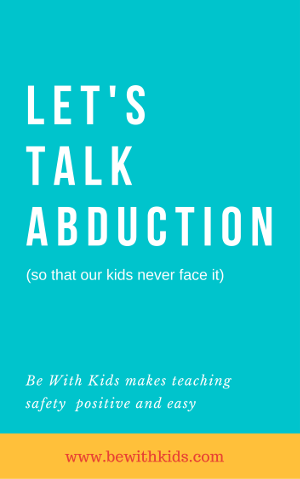
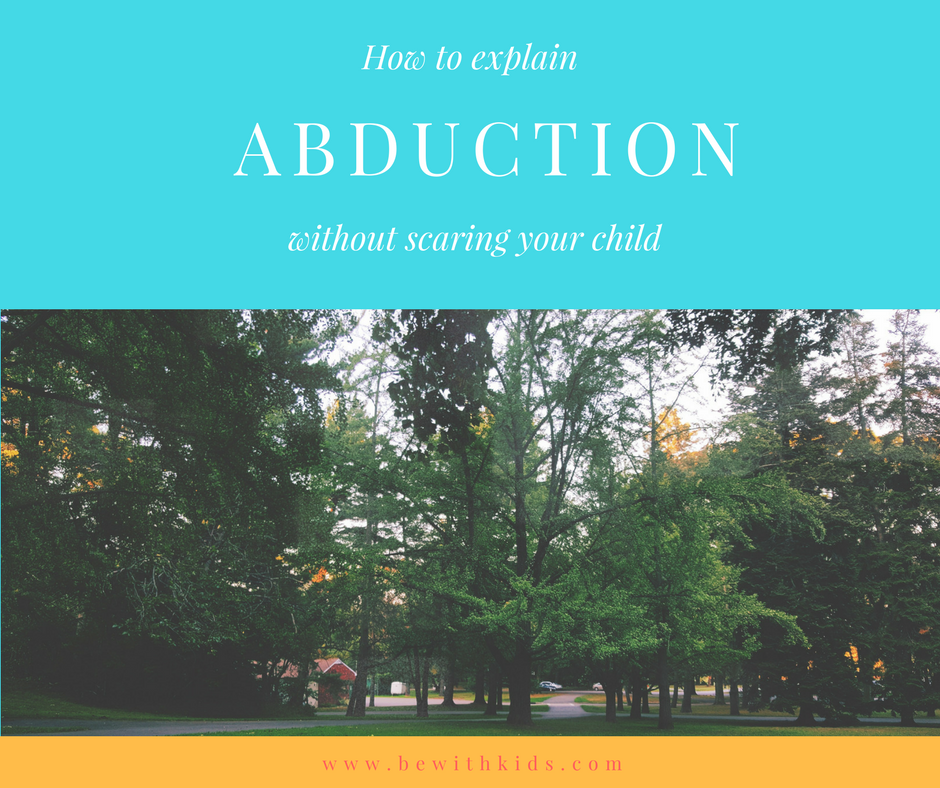
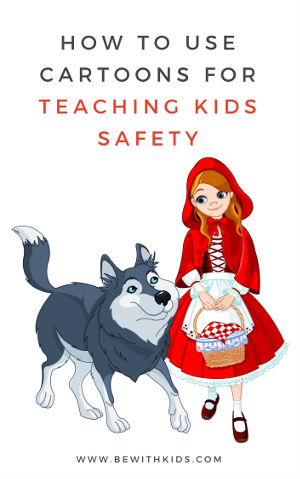
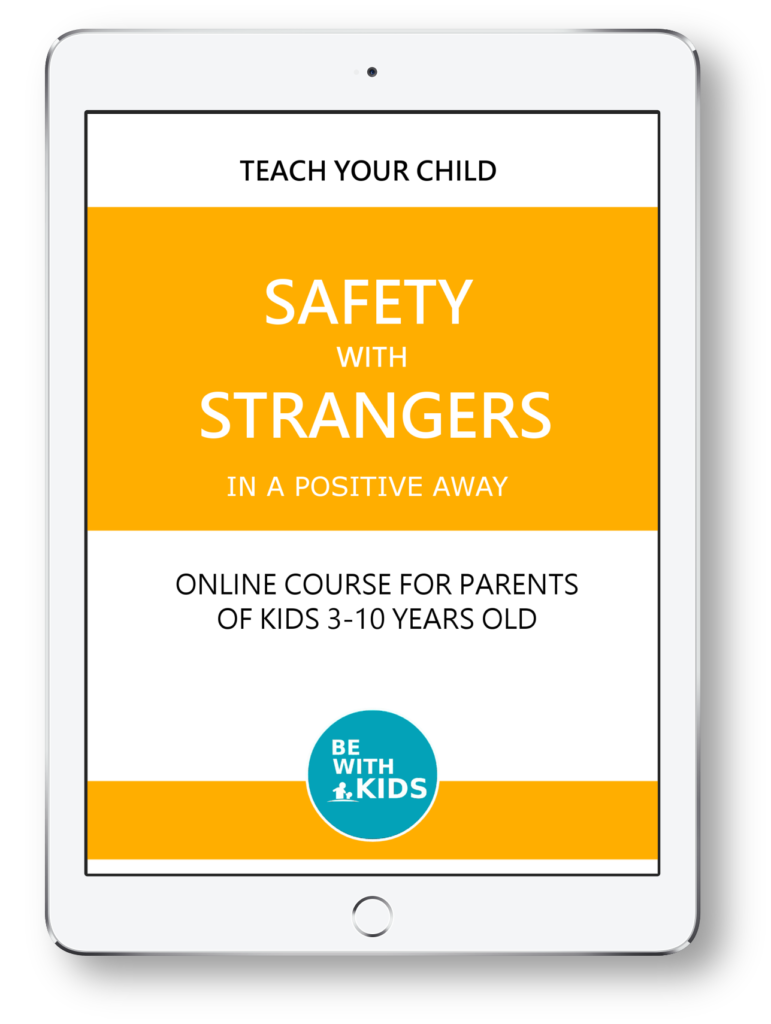
 search function at the top of the page.
search function at the top of the page.